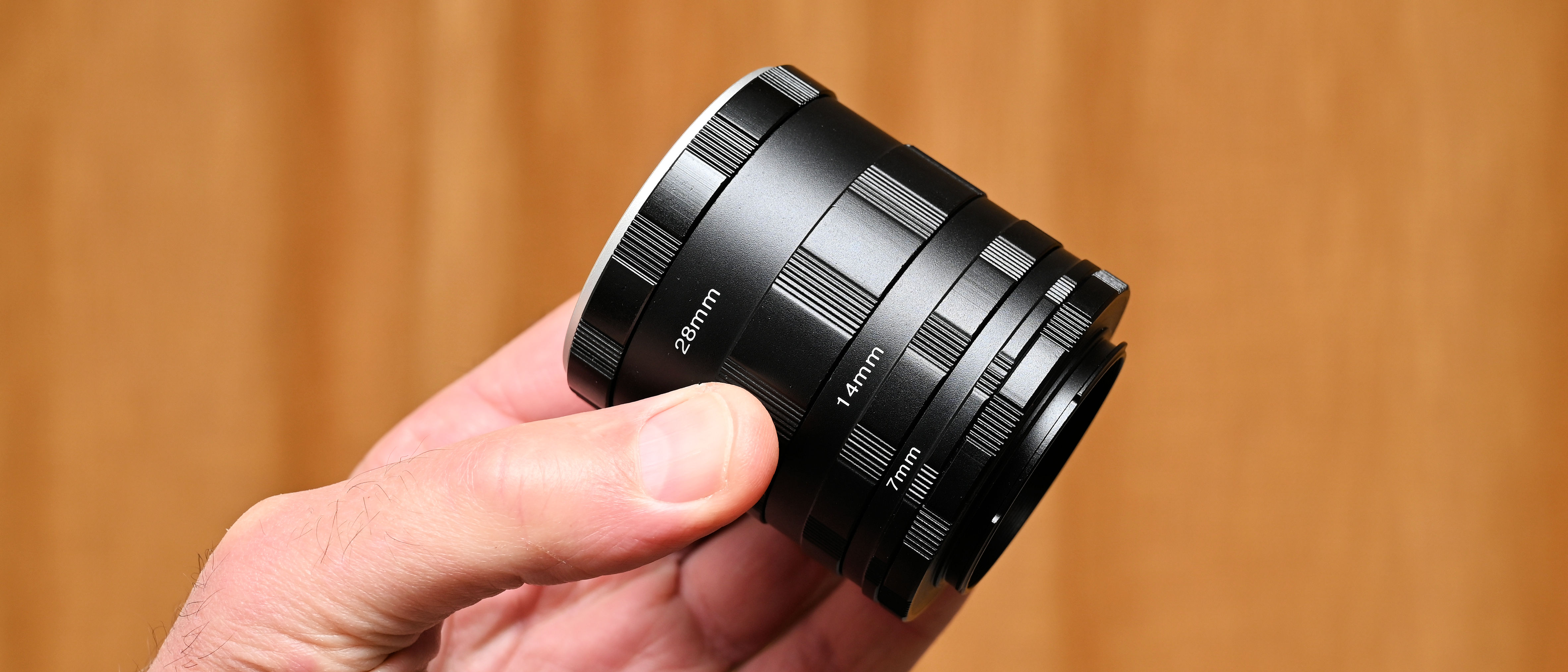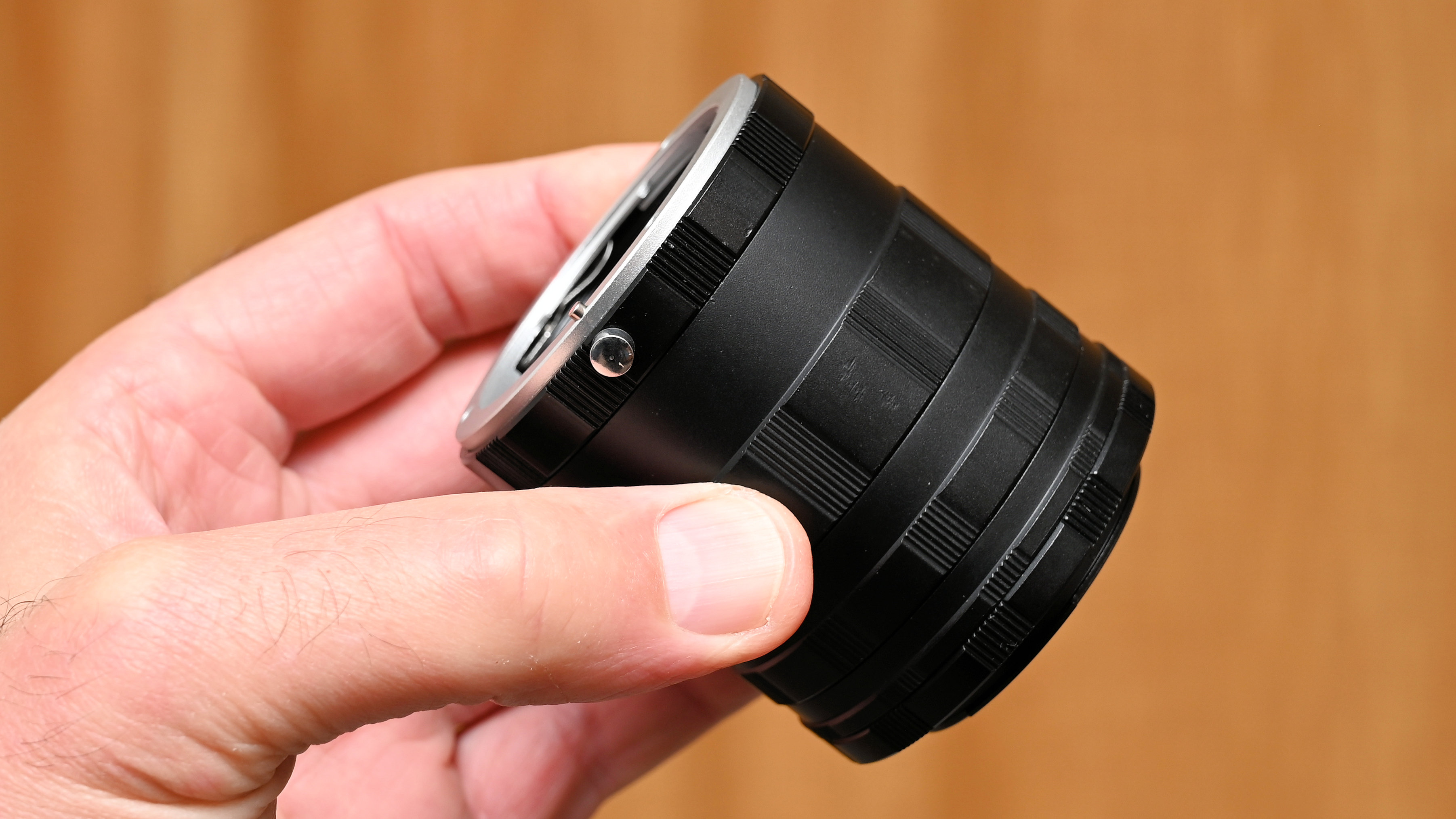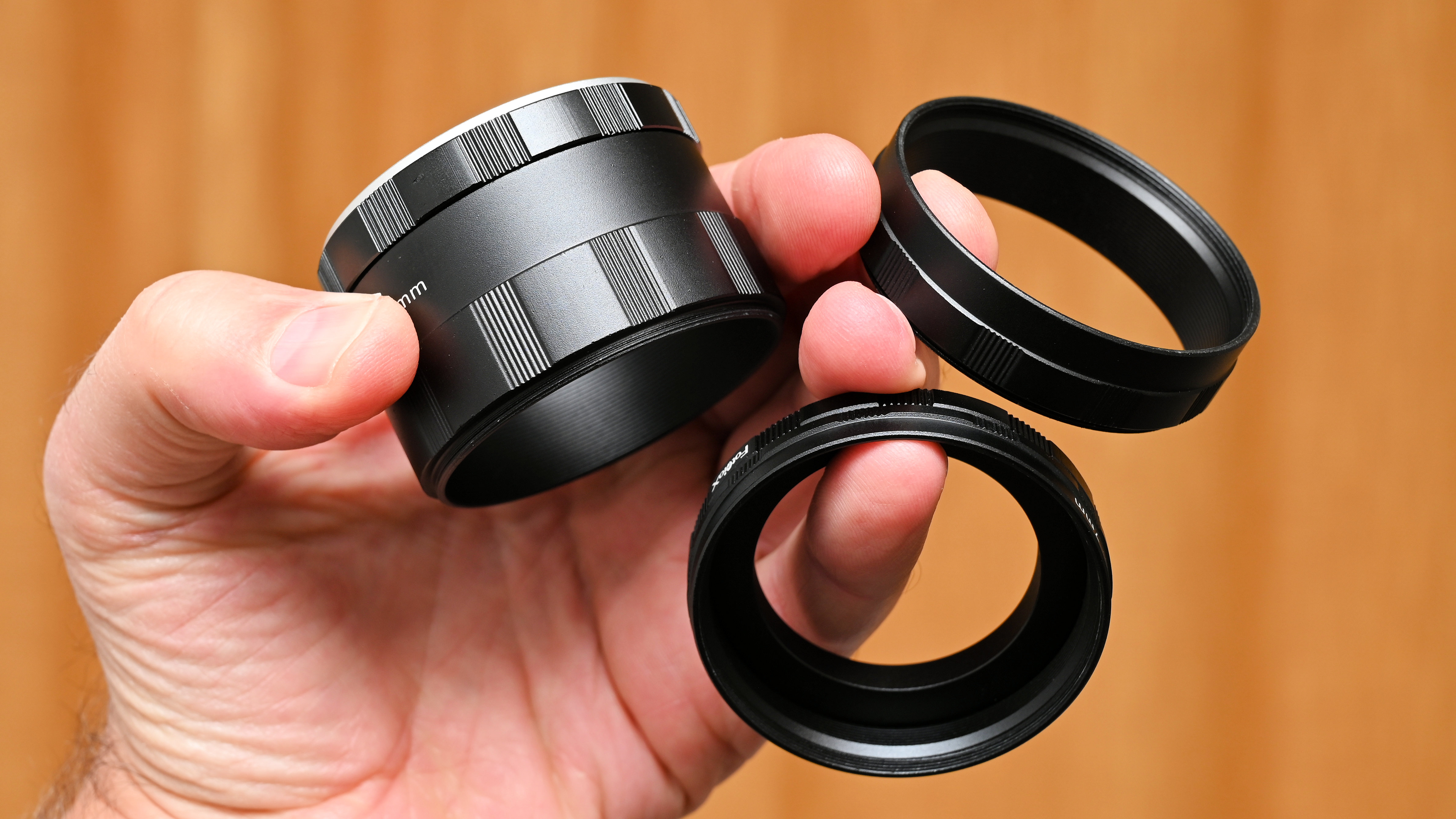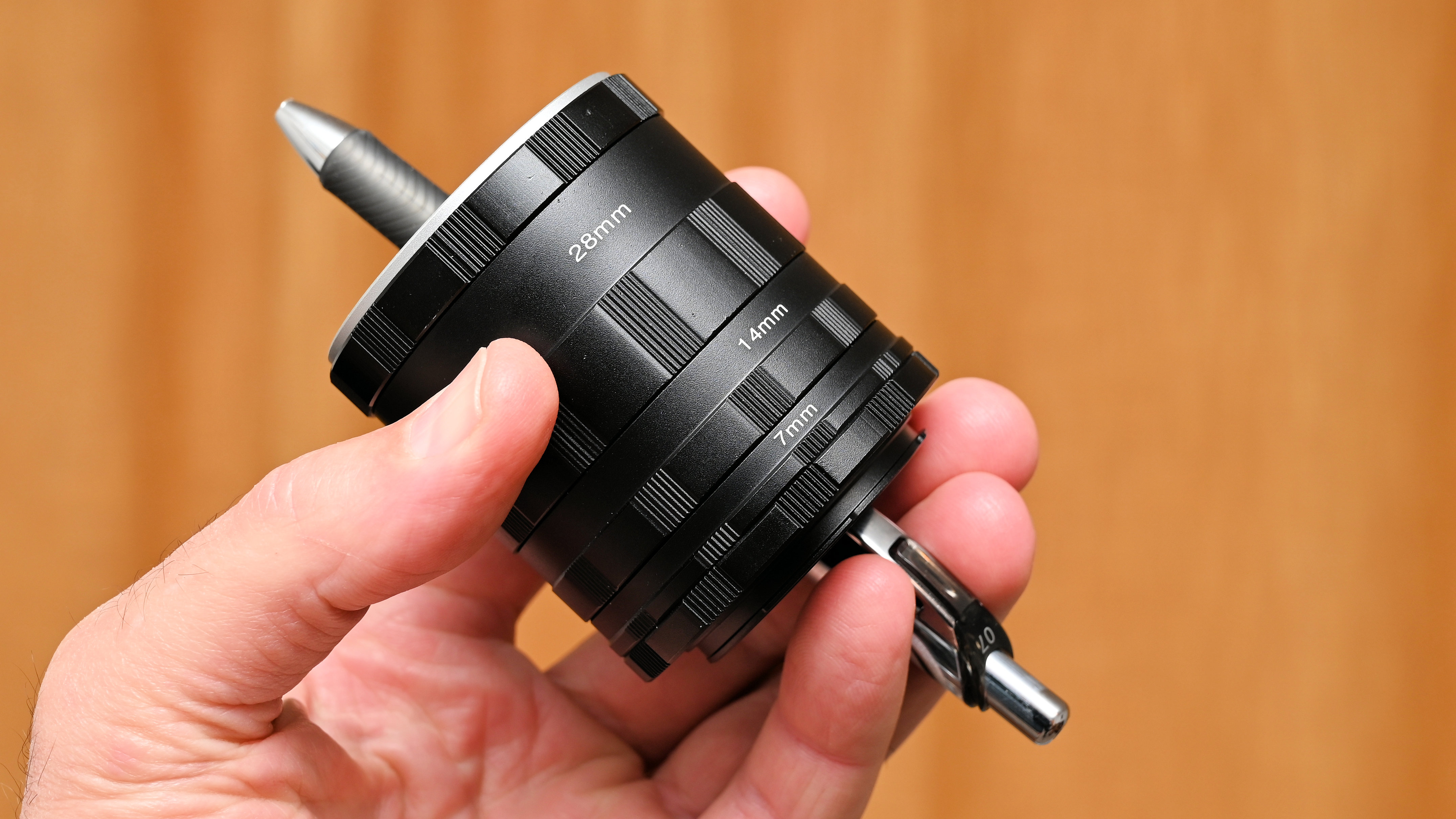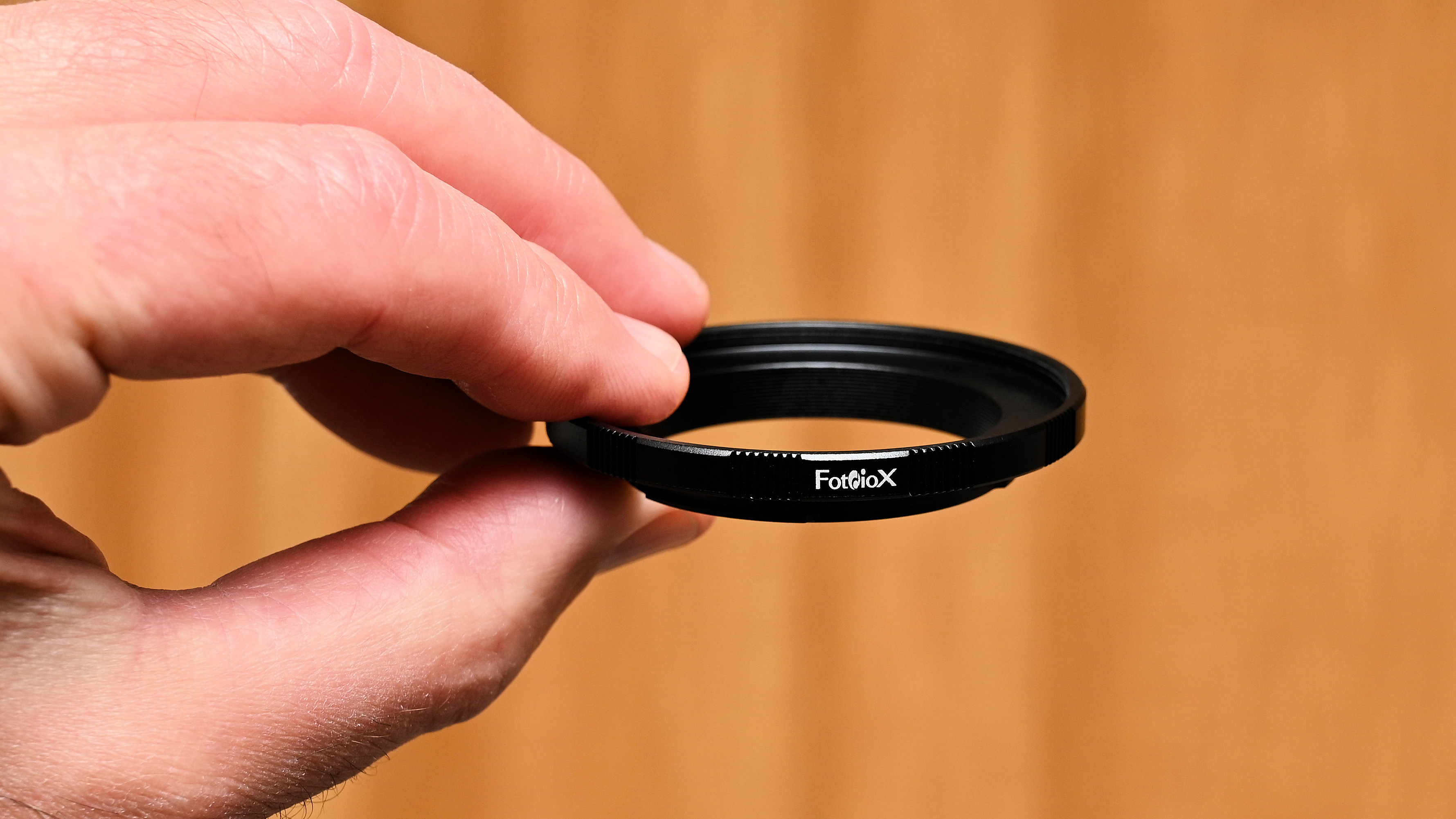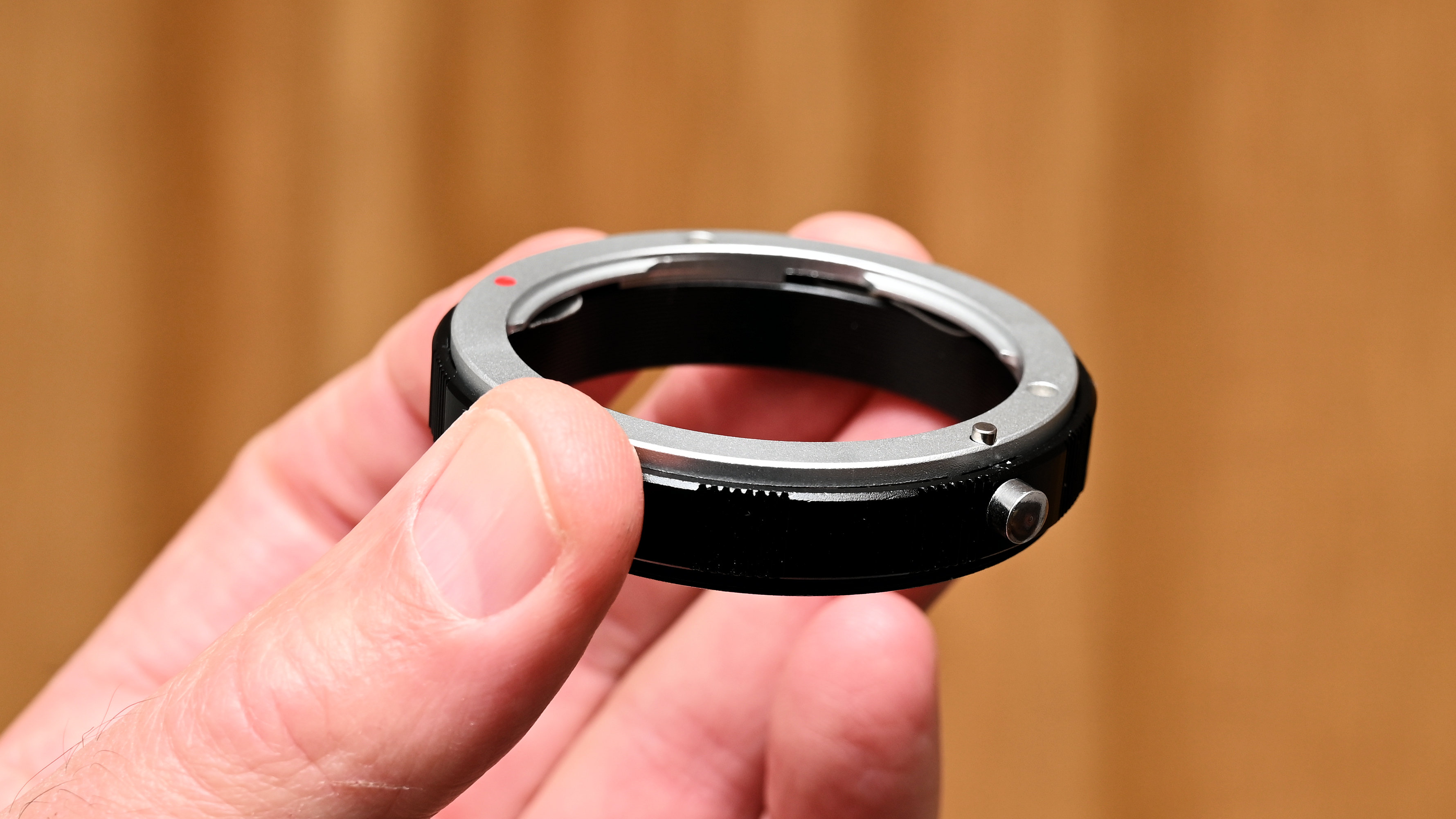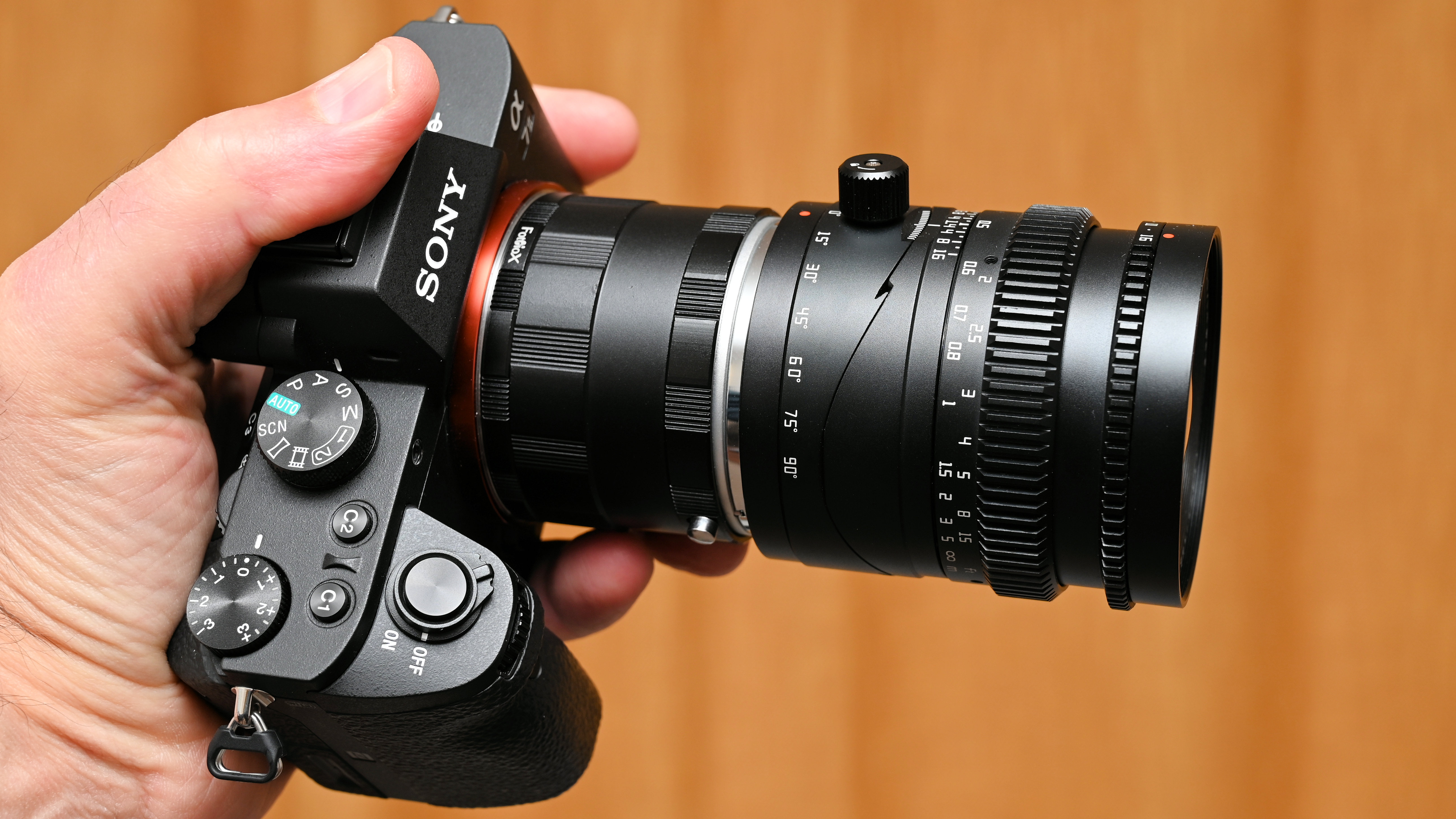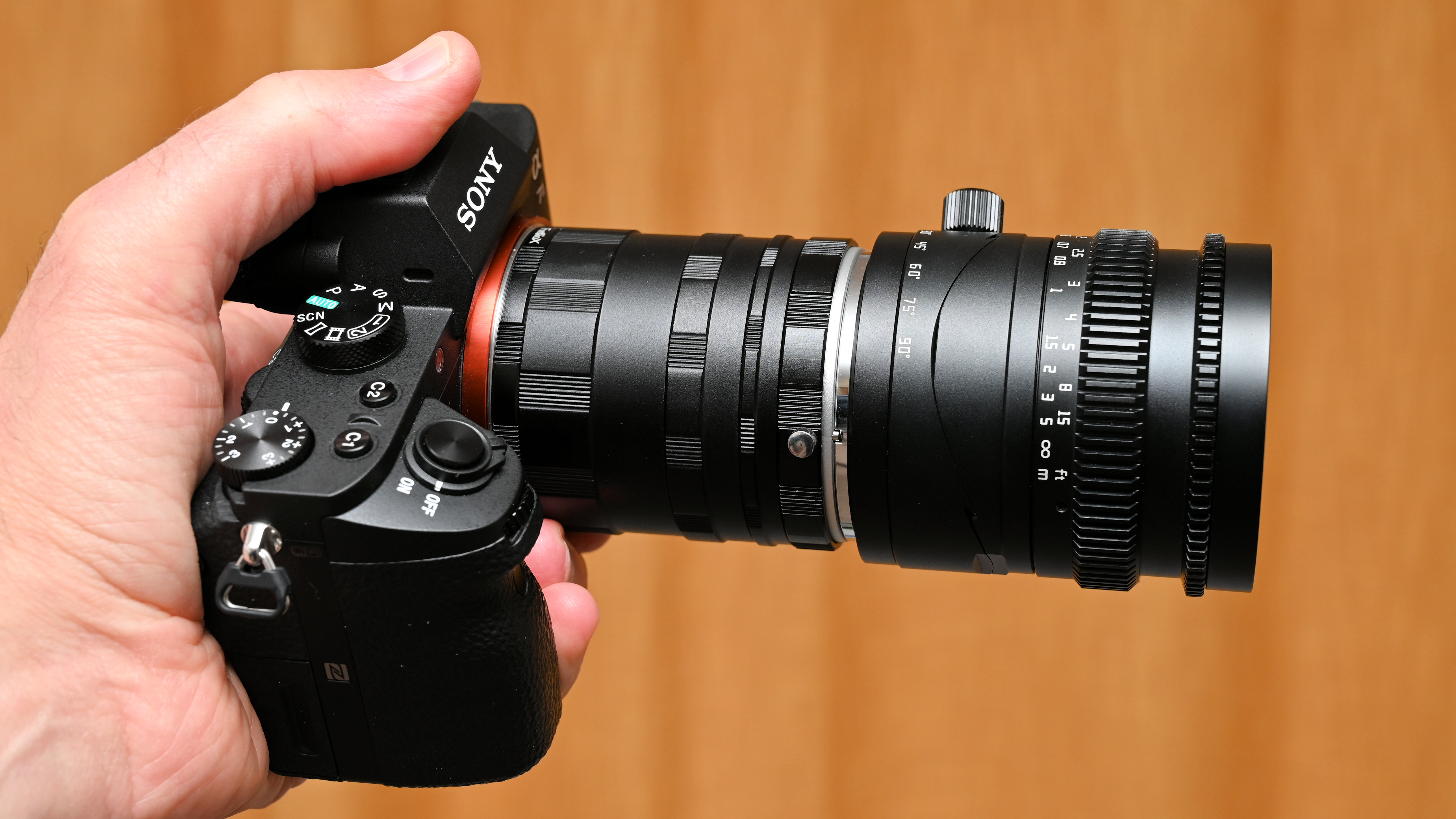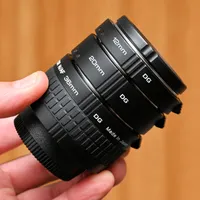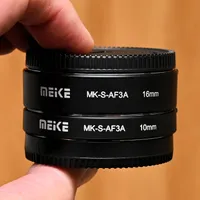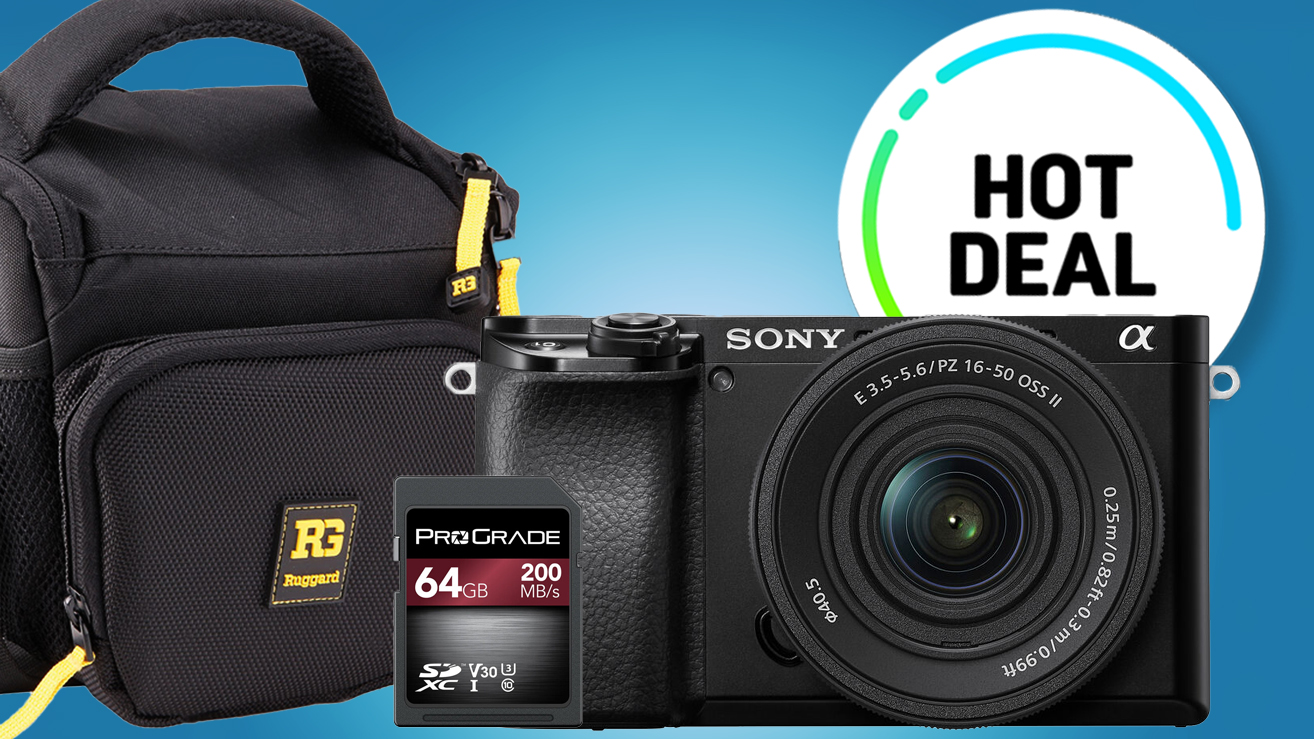Digital Camera World Verdict
I like that the Fotodiox Macro Extension Tube Set includes three separate tubes or rings of varying lengths, which you can use individually or together. I’m less enamored that they rely on two additional rings for attaching the tubes to the lens and camera, which are separate from the extension rings and makes them more fiddly to use. There are also no electronics so shooting with them is an entirely manual affair and you’ll need a lens that enables this with mechanical focus and aperture controls.
Pros
- +
Wide-ranging mount options
- +
Three separate tubes
- +
All-metal build
- +
Cheap to buy
Cons
- -
No camera/lens electronics
- -
Separate camera/lens mount rings
- -
Fiddly to use
Why you can trust Digital Camera World
Fotodiox might not be a familiar name to you, but the company has been making camera accessories since 2004. Highlights include its Wonder-Pana wide-angle filter system, GoTough Gear, which features cases, cages, and grips, and a range of LED lights and light modifiers. It also makes a substantial collection of both manual and automatic extension tube sets, the latter including electronic pass-through from camera to lens.
The set that I’m reviewing here is a fully manual kit, but it’s available in the widest range of mount options to suit Canon EF, Fujifilm X, MFT, Nikon F, and both Sony A and E mount cameras and lenses. It also aims to be one of the best extension tube sets on the market, and certainly one of the most affordable.
Fotodiox Macro Extension Tube Set: Specifications
Lens mount | Canon EF, Fujifilm X, MFT, Nikon F, Sony A, Sony E |
Tube lengths | 7/14/28mm |
Electronic contacts | No |
Mount material | Metal |
Fotodiox Macro Extension Tube Set: Price
Fork out for a set of extension tubes with three alternative lengths and electronic connections to pass data back and forth between your camera body and lens, and you’re often looking at a triple-figure price tag. By stark contrast, this Fotodiox kit is incredibly inexpensive. Sure, it lacks any electronic connectors, but even so, it’s super cheap to buy.
Fotodiox Macro Extension Tube Set: Design & Handling
If I conjure up a set of three extension tubes in my mind, I know exactly what I’m thinking of. Either with or without electronics, the three tubes of different lengths will each have a camera body mounting plate at one end, and a lens mount socket at the other. That’s not the case here. Instead, the three tubes all have a screw thread at each end. You can use these for connecting multiple tubes together but in the more typical process of using just a single extension tube, you’ll need to screw the separate camera mounting plate on one end and the lens mount socket on the other.
The arrangement of three extension tubes and two separate mounting plates is actually a bit of a pain, as far as I’m concerned. Evey time you want to switch to a different tube with an alternative length, it’s not just a simple case of swapping the tube out and popping in another one between your camera and lens. Instead, you have to remove the tube from the lens and camera, then unscrew the lens mount, then unscrew the camera mount, then screw both of these rings onto either end of the replacement tube that you want to use. It’s a much more long-winded and fiddly procedure, especially if one of the screw threads has been done up tight and doesn’t want to let go.
As with other extension tube sets, no matter whether they’re based on single or multiple tubes, there are no glass elements involved. As such, you can grab a pen or pencil and poke it right through the middle of the tubes and out the other end. The sole purpose of the tubes is to add extra space between the lens and the camera body. The result is that the lens focuses much closer than when it’s mounted directly on the camera, delivering greater magnification as a result. The arrangement is therefore tailor-made for taking extreme close-ups without having to invest in a macro lens.
The downside is that, unlike with the vast majority of macro lenses, you can only focus at short distances, and in some cases the distances are so short that there’s very little breathing space between the front of the lens and what you’re shooting. Prime lenses with a focal length of around 50mm to 100mm tend to work best. For example, add a 25mm extension tube to a 50mm lens with a minimum focus distance of 0.5m, and you can expect an increase in the maximum magnification factor from about 0.15x to about 0.65x.
The best camera deals, reviews, product advice, and unmissable photography news, direct to your inbox!
As I said at the start, these Fotodiox extension tubes are fully manual with no electronic connections to link the lens to the camera body. But hey, who needs electronics anyway? Well, most of us, as it turns out. Increasingly and especially for mirrorless cameras, modern lenses usually feature stepping motor-based autofocus systems. The manual focus ring is electronically coupled to the motor so if you have no electric power, you can’t focus the lens either automatically or manually. The same goes for the aperture diaphragm. If the lens doesn’t feature a physical aperture control ring and relies on the aperture being set via the camera body, you’ll be limited to shooting ‘wide-open’ at the widest aperture. That’s a big setback, as narrow apertures are required for gaining even a small depth of field when shooting with extension tubes. Furthermore, with no electrical connection, the camera body won’t even register that a lens is attached at all, so you may need to rummage around in the menu system to enable shooting ‘with no lens attached’. It’s all a bit of a kerfuffle.
Fotodiox Macro Extension Tube Set: Performance
I tested the Sony E-mount version of the Fotodiox kit, with a Sony A7 II camera body. Many lenses for this camera have electronically powered focus and aperture control, which severely limit the use of these manual extension tubes. I therefore tested the setup with a TTArtisan Tilt 50mm f/1.4. It’s a fully manual lens with mechanical aperture and focus control rings, plus the added bonus of a ‘tilt’ mechanism which you can use to increase the minimal depth of field that you commonly get when using extension tubes. I didn’t take advantage of that, so the results are what you can expect with a regular decent 50mm prime lens.
The greater the length of the extension tube, or multiple tubes joined together, the more challenging shooting becomes. The amount of light transmitted through to the lens is significantly reduced and focusing becomes more critical. You can soon find that you need to move the actual camera or subject very subtly forward and backward to enable accurate focusing. In practical terms, a macro rail can be all but essential, a good example being the excellent NiSi NM-200s Macro Focusing Rail. With greater tube lengths, depth of field becomes miniscule. The following gallery contains example shots of colored pencils on a sheet of white paper. For the first shot in the sequence, I used my Sony camera and 50mm lens at its minimum focus distance for maximum magnification, with no extension tube in the mix. Successive shots in the gallery are based on the addition of the 7mm, 14mm and 28mm extension tubes, individually and respectively. You can see for yourself how much greater the magnification becomes in each case.
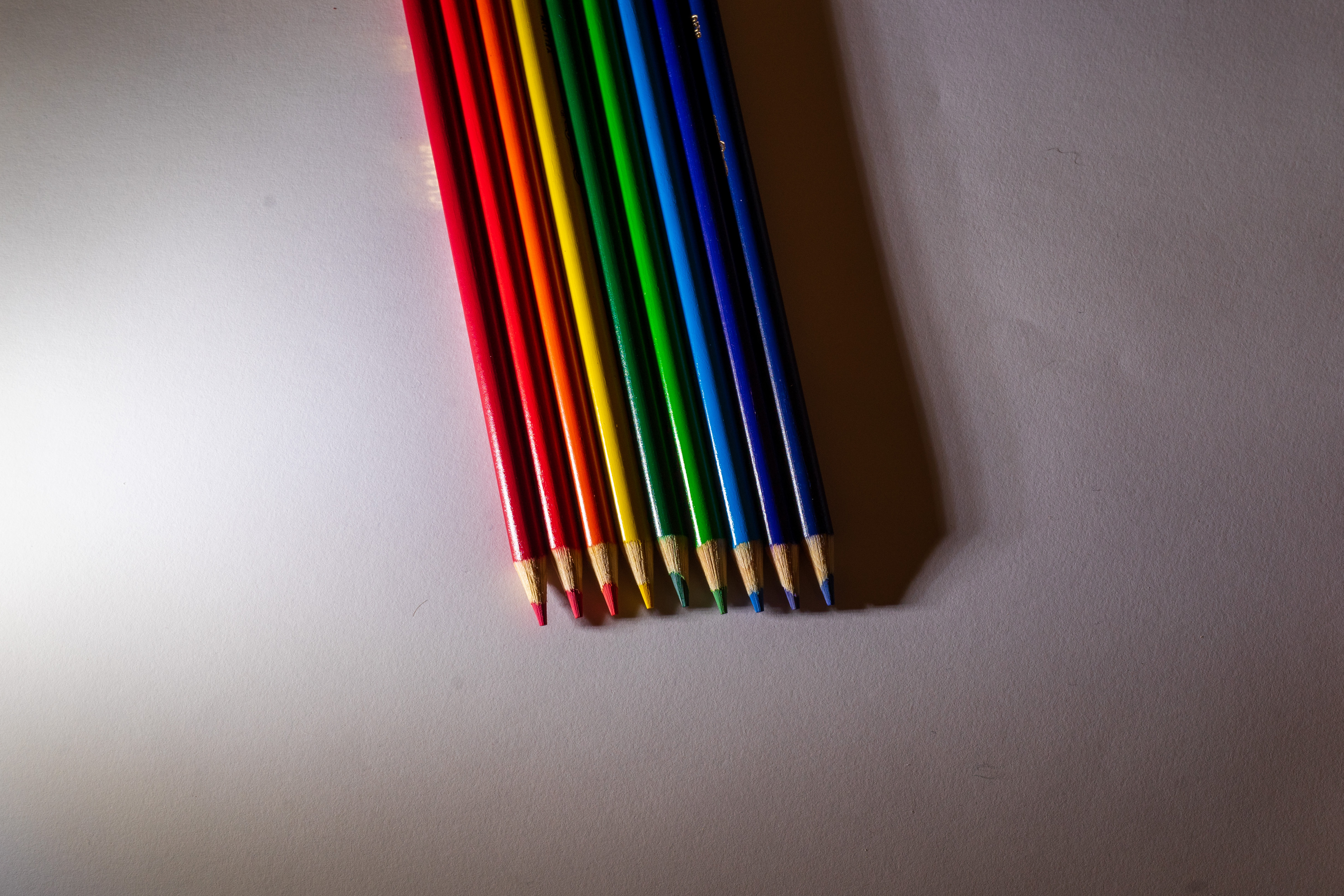



It’s often said that extension tubes don’t degrade the image quality of the native lens that you’re using. That’s because there are no additional optical elements, just hollow tubes to add extra space between the lens and camera body. However, unlike specialist macro lenses, general-purpose lenses aren’t really designed for extreme close-up use, or to deliver optimum image quality at their shortest focus distance, so the resulting image quality is likely to be inferior to using the best macro lenses.
Fotodiox Macro Extension Tube Set: Sample images
The following gallery of example shots contains images of very small sections of small objects, including seeds gathered from the garden, a 1/32nd scale model racing car, a pair of toy soldiers, the head of a traditional wooden Christmas toy based on Tchaikovsky's ballet ‘The Nutcracker’, a porcelain figurine and a broken shell picked up from a beach. In each case, the largest 28mm extension tube was used, and I lit the subject with a pair of Manfrotto LED photographic lights.

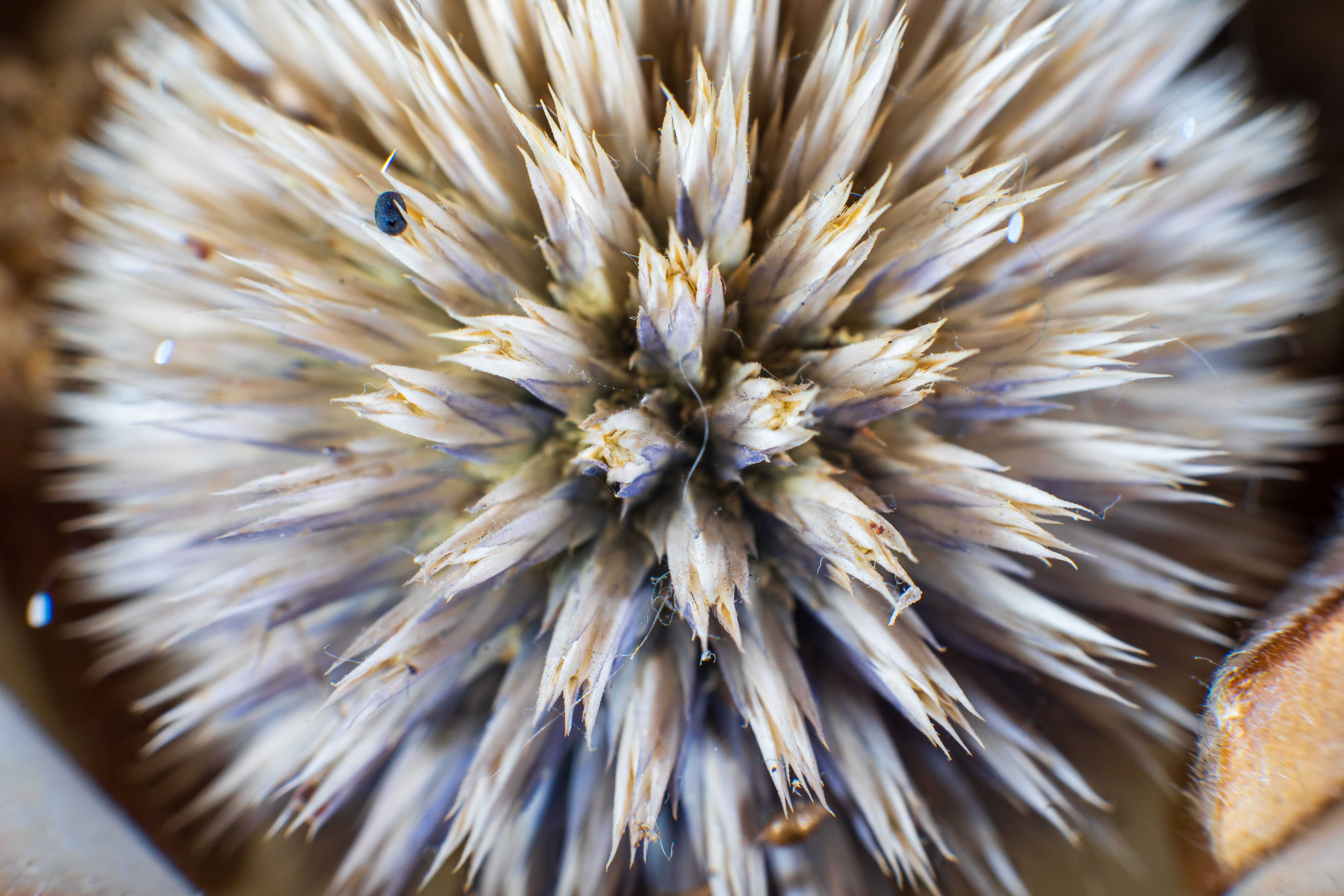
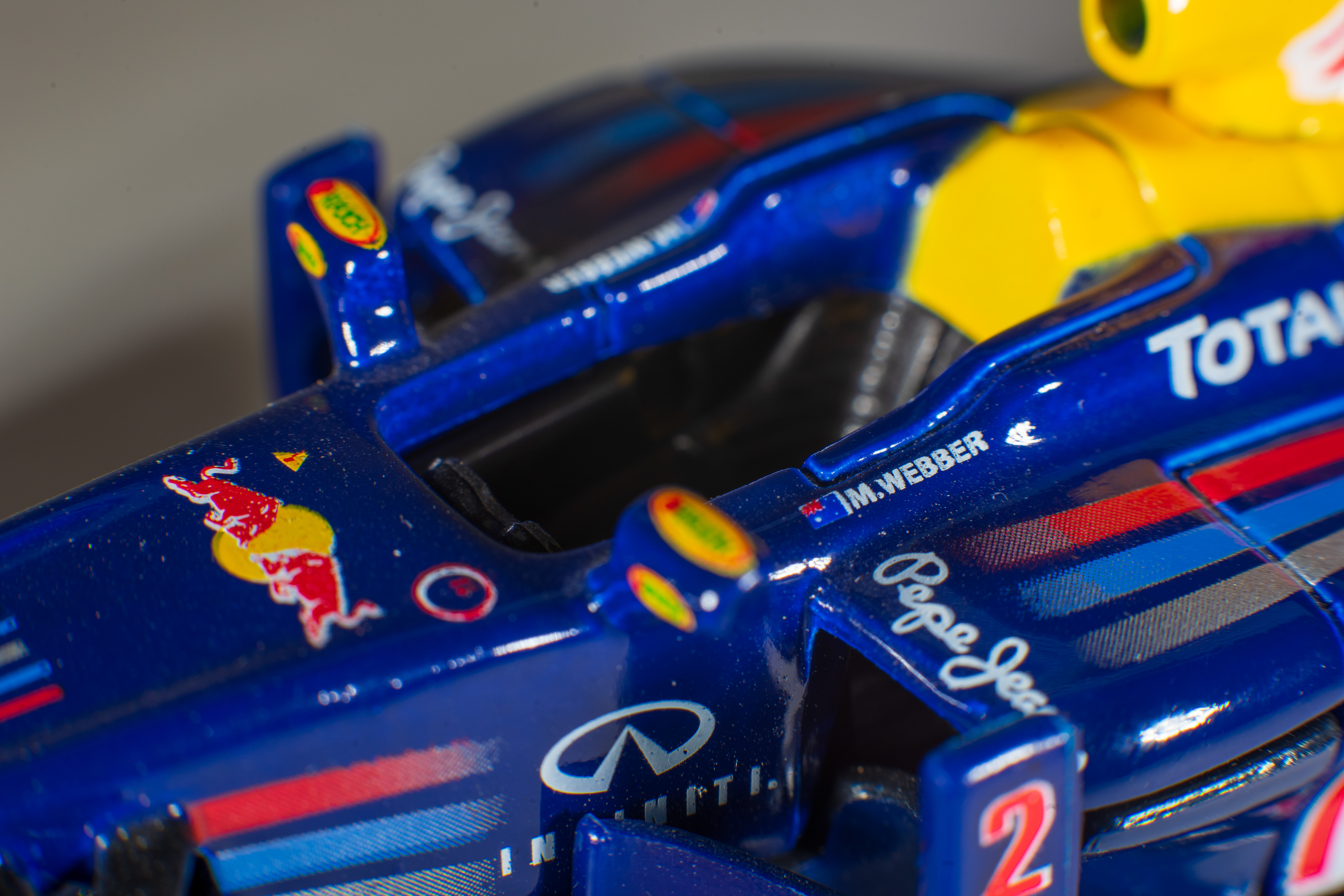
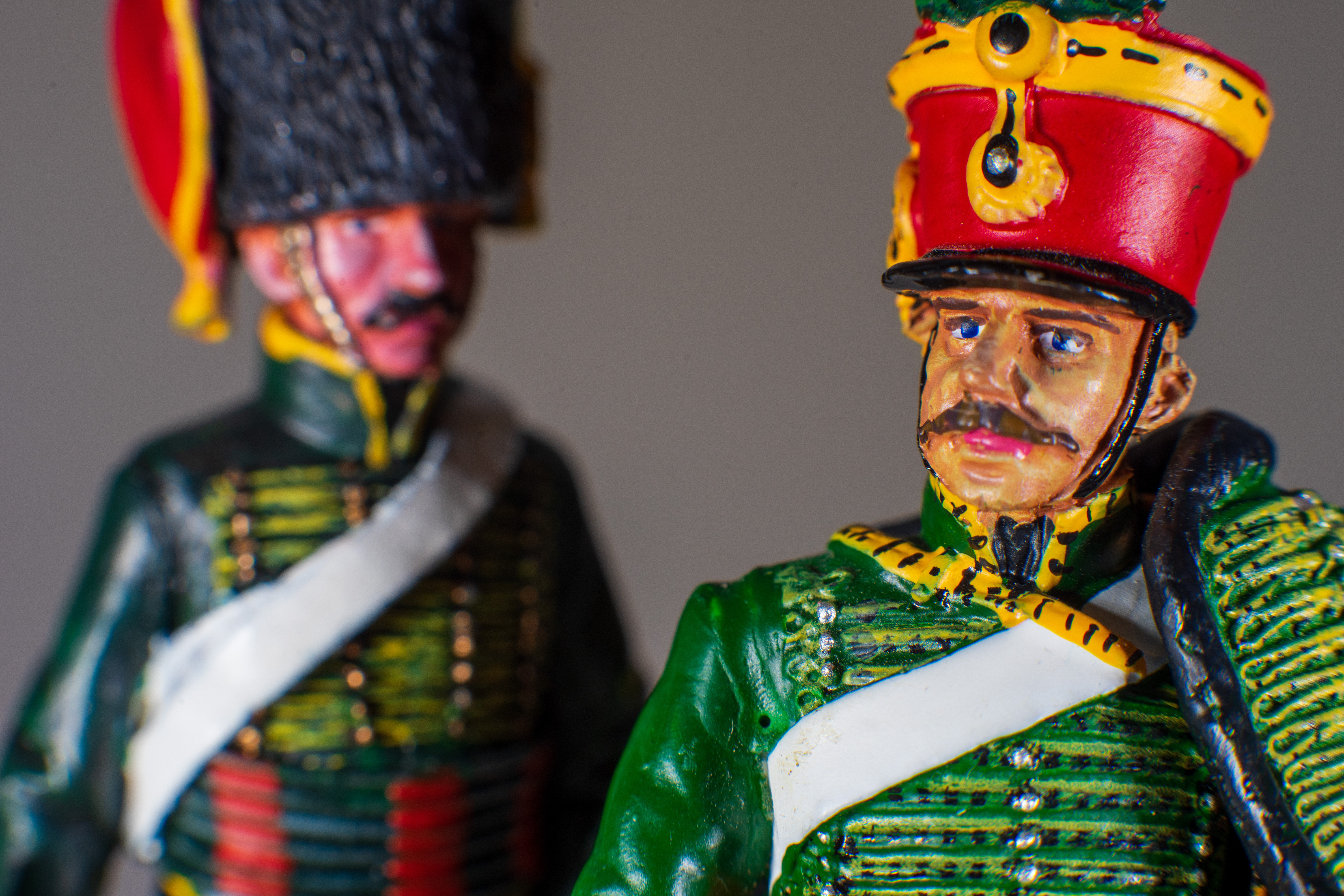

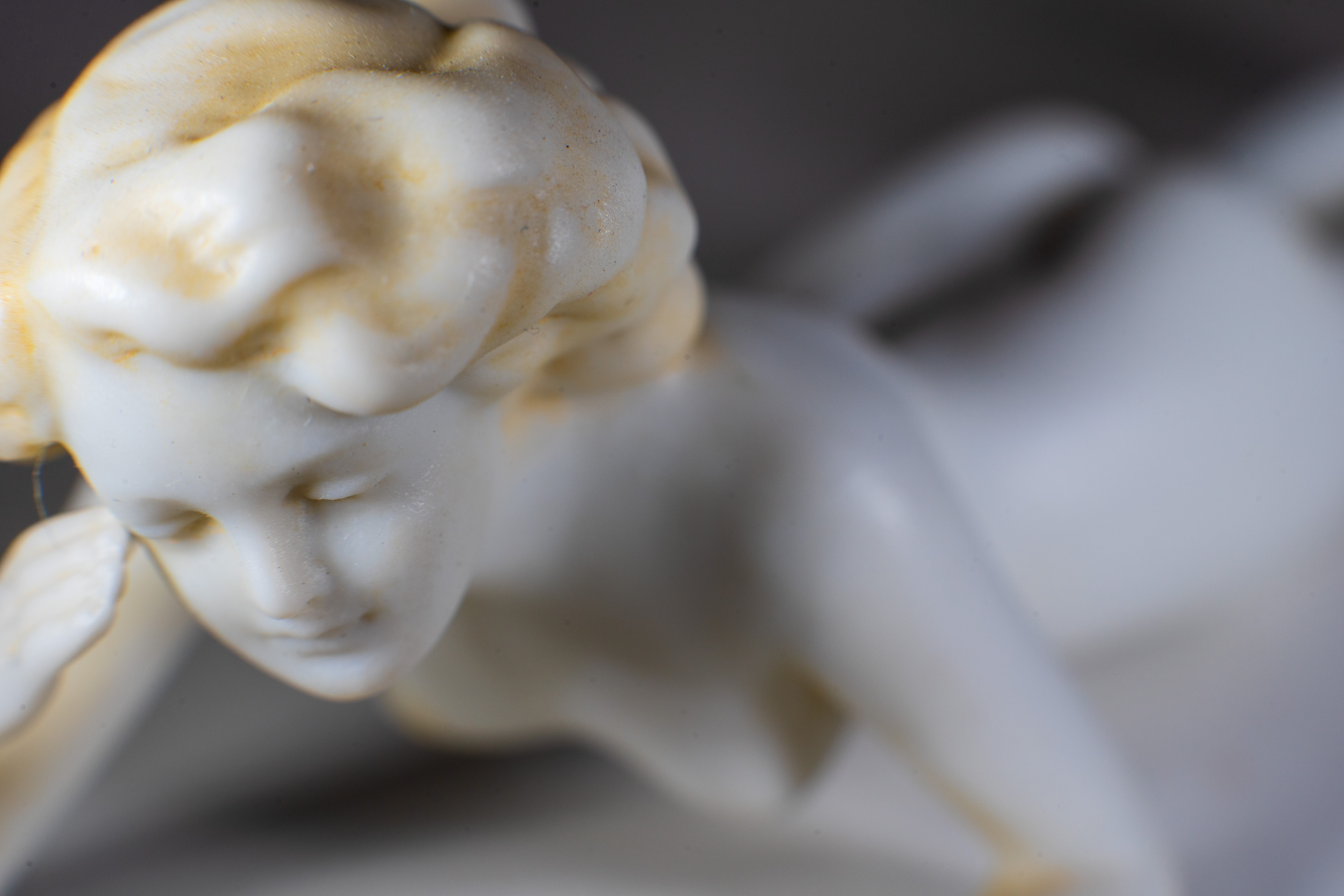
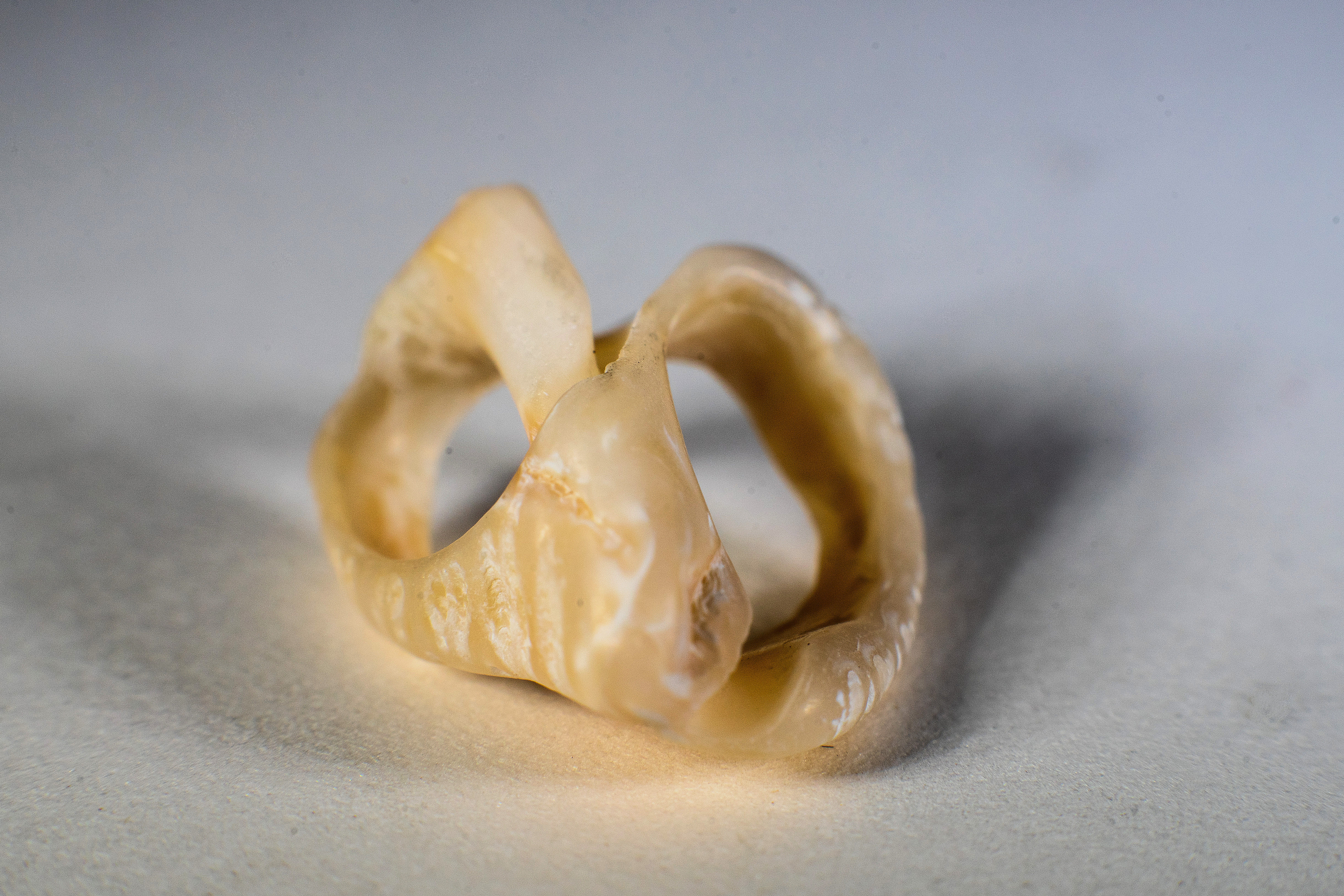
Fotodiox Macro Extension Tube Set: Verdict
The Fotodiox Macro Extension Tube Set is somewhat typical in including three separate tubes or rings of varying lengths, in this case 7mm, 14mm and 28mm. Also typically, you can use them individually or join two or three together, to give alternative and greater lengths. What’s less typical is that none of the actual extension tubes mounts directly to a camera body or lens, so you have to use the separate mounting rings supplied. There’s only one each of these, so swapping between different tubes is comparatively time-consuming and a bit of a chore, as well as making them more fiddly to use. The lack of any pass-through electronics also makes shooting more complex, and you’ll need a lens that allows you to adjust the aperture and focus distance manually, by mechanical means only and with no electrical power. Ultimately, the Fotodiox kit is a relatively basic affair but it works well enough with a bit of time, effort and patience, if you have a suitable lens with onboard mechanical aperture and manual focus controls.
Features ★★★☆☆ | The feature set is merely adequate, with no electronic pass-through, nor camera/lens mounting plates on each tube. |
Design ★★★☆☆ | The all-metal build feels reasonably robust but each part that screws together can be a little difficult loosen and unscrew again. |
Performance ★★★★☆ | They’re fiddly to use but image quality is respectable if you have a suitable good-quality lens that enables mechanical focus and aperture adjustments. |
Value ★★★★★ | For a set of extension tubes, the Fotodiox kit is pretty much as basic as it gets, but it’s super-cheap to buy. |
Alternatives
The Kenko Auto Extension Tube Set DG is a much more expensive product. Again, it’s based on three separate tubes, this time of 12mm, 20mm and 36mm in length, but each tube has camera and lens mounting plates with full electronics pass-through. The Kenko kit is available in Canon EF and Nikon F mount options.
The Meike MK Extension Tube Set is designed for mirrorless cameras and is available in various mount options including Canon RF, Nikon Z, Sony E, L-mount. The set only comprises two rather than three tubes, and the lengths are different depending on the mount version. Each tube has full electronics connectors and a camera and lens mount at opposite ends.
Matthew Richards is a photographer and journalist who has spent years using and reviewing all manner of photo gear. He is Digital Camera World's principal lens reviewer – and has tested more primes and zooms than most people have had hot dinners!
His expertise with equipment doesn’t end there, though. He is also an encyclopedia when it comes to all manner of cameras, camera holsters and bags, flashguns, tripods and heads, printers, papers and inks, and just about anything imaging-related.
In an earlier life he was a broadcast engineer at the BBC, as well as a former editor of PC Guide.
You must confirm your public display name before commenting
Please logout and then login again, you will then be prompted to enter your display name.
